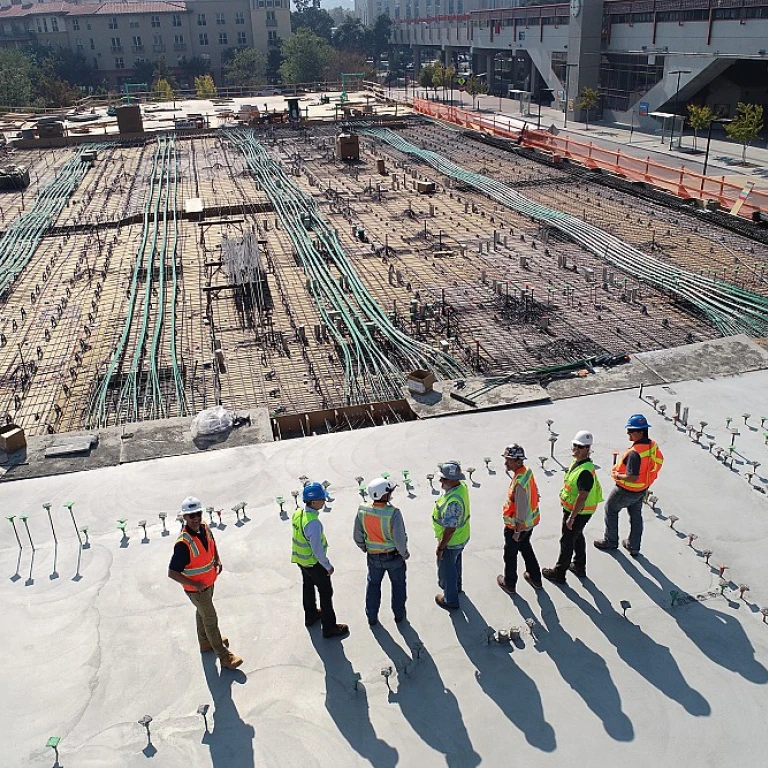The Power of Honest Feedback
The Impact of Candid Feedback on HR Practices
Honest feedback is a fundamental component in the dynamic between employees and human resources. In workplaces where feedback flows freely, HR departments can tailor their communication strategies to better meet the needs of the workforce. This empowers not only individual growth but also the organization as a whole. In an office environment where feedback is encouraged and appreciated, employees feel valued. This sense of worth naturally fosters a more motivated and dedicated workforce. HR teams, in turn, are better positioned to address concerns swiftly and effectively, ensuring that employees' voices are heard and understood. The ripple effect of candid feedback is an improvement in the overall company culture. This creates an open and transparent communication loop that benefits everyone in the organization. In future sections, we'll explore how creating such a culture can lead to sustainable improvements and ongoing dialogue within the company, as well as how technology can play a pivotal role in this transformation. Ultimately, the goal of honest feedback is to remove barriers and build bridges between employees and HR. By maintaining an open dialogue, organizations can adapt to the ever-evolving needs of their workforce, paving the way for innovation and growth.Creating a Culture of Open Communication
Fostering a Transparent Work Environment
Building a workplace where open communication thrives can transform an organization. Honest feedback unlocks the potential for a more unified and productive team by dismantling barriers and promoting an open-door policy. Encouraging employees to voice their thoughts and concerns builds trust and strengthens relationships. It establishes a foundation for meaningful conversations and drives collaboration. To foster a transparent work environment, it is essential to set clear expectations for feedback and communication. Leaders should embody transparency and openness in their own interactions, setting an example for their team. This approach not only boosts morale but also helps resolve conflicts efficiently and enhances decision-making processes. Regular feedback sessions, whether formal or informal, should be integrated into the company culture. These sessions help maintain momentum in communication and prevent misunderstandings. As highlighted in discussions on real-time feedback, maintaining ongoing dialogue ensures issues are addressed promptly and innovations are communicated effectively. Ultimately, nurturing a culture of open communication empowers employees, boosts engagement, and drives the organization towards its goals.Employee Engagement Surveys: A Tool for Continuous Improvement
Enhancing Employee Communication through Engagement Surveys
Employee engagement surveys have become a crucial instrument in the HR toolkit for fostering a culture of open dialogue. As mentioned in the previous sections, creating an environment where employees feel valued and heard is essential for nurturing a positive workplace atmosphere. These surveys serve as a bridge, offering employees a platform to voice their thoughts without fear of reprisal. Beyond the realm of collecting data, these surveys are instrumental in transforming feedback into actionable insights. They provide a structured format for employees to express their opinions on a spectrum of topics, from workplace satisfaction and team dynamics to leadership effectiveness and HR policies. This structured feedback empowers HR professionals to identify trends, measure engagement levels, and pinpoint areas for improvement. The power of engagement surveys lies in their capacity to reveal not just what employees think, but also how they truly feel about their work environment. By regularly analyzing survey results and taking informed actions, organizations can drive continuous improvement and foster a thriving workplace culture. For HR teams aiming to strengthen their communication skills and strategies, understanding and addressing employee feedback is paramount boosting HR communication skills. Moreover, coupling these surveys with real-time feedback mechanisms, as discussed earlier, ensures that conversations remain ongoing and relevant. This dynamism in communication helps to keep the workforce engaged and aligned with the organizational goals. By systematically integrating feedback into the HR communication framework, companies can uplift employee morale and enhance overall productivity.Real-Time Feedback: Keeping the Conversation Going
Maintaining an Ongoing Dialogue
In the dynamic landscape of human resources, real-time feedback plays a crucial role in ensuring that communication between employees and HR remains fluid and effective. Unlike traditional feedback mechanisms that might occur annually or semi-annually, real-time feedback encourages a continuous exchange of ideas and concerns. This ongoing dialogue not only helps in addressing issues promptly but also fosters a sense of trust and transparency within the organization.
As discussed in previous sections, the power of honest feedback and the creation of a culture that supports open communication are fundamental to effective HR practices. Real-time feedback builds on these foundations by providing a platform where employees feel heard and valued on a regular basis. This approach helps in bridging the gap between employees and management, allowing for a more responsive and adaptive workplace environment.
Moreover, real-time feedback mechanisms can significantly enhance employee engagement. When employees see that their input leads to tangible changes, their motivation and commitment to the organization naturally increase. This is where technology can play a pivotal role, as mentioned later in the article. Tools that facilitate instant feedback, such as employee engagement apps or internal communication platforms, can streamline the process, making it easier for employees to share their thoughts and for HR to act on them promptly.
In summary, real-time feedback is not just about collecting data; it's about creating a living conversation that evolves with the needs of the workforce. By integrating this approach, organizations can ensure that their communication strategies remain relevant and effective, ultimately leading to a more harmonious and productive work environment.







